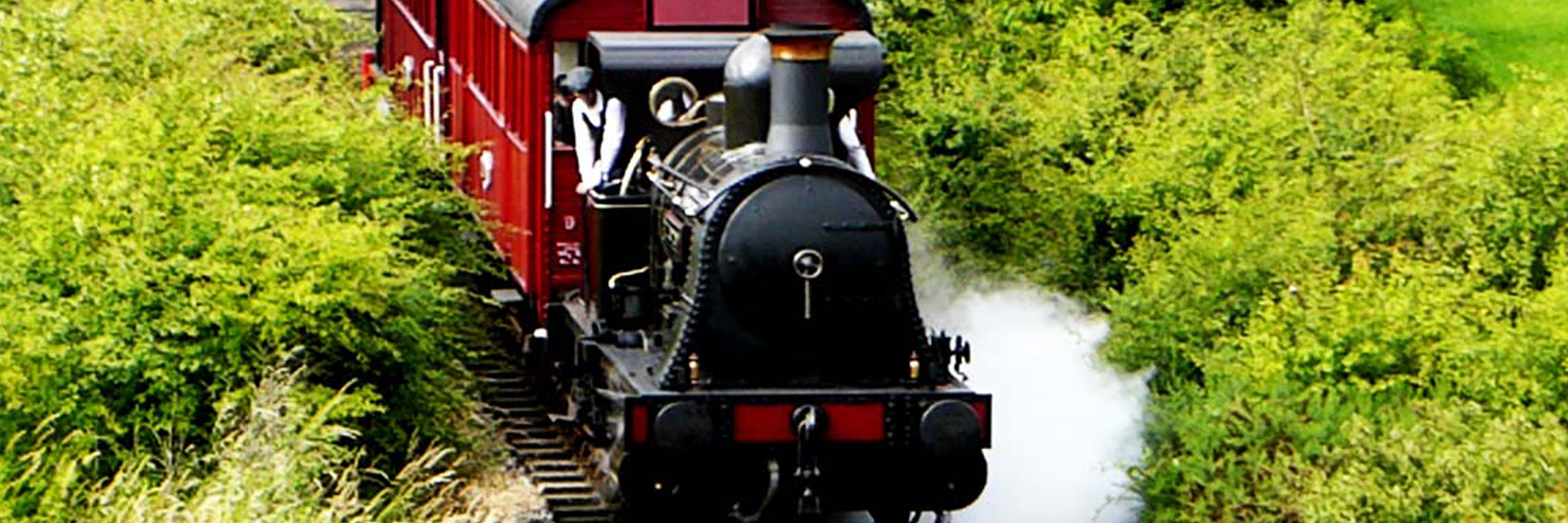One of the oldest operational engines in preservation
By far the oldest locomotive to find a home in the Worth Valley, after a lifetime of private colliery and NCB service, ‘Bellerophon’ found its way to the KWVR after being refused a home in Liverpool.
Although in its heyday ‘Bellerophon’ was allowed out of the colliery it served to take day-trippers to Blackpool, today the engine is unsuitable for conditions in the modern-day KWVR to be available for service on the branch.
Data File
Built: 1874 Haydock Foundry
Boiler Pressure: 125 psi
Tractive Effort: 13,960 lbf
Weight 35 tons
Valve Gear: Joy
Cylinders: 16”x22″ Outside
Numbers carried during working career: ‘Bellerophon’
History
This engine was designed by Josiah Evans, the son of Richard Evans who owned the Haydock Collieries and Engineering businesses in Lancashire. The colliery railway system had been in existence since the 17th century and crossed the eventual path of the Liverpool and Manchester Railway. Evans successfully claimed and held running powers over the Liverpool and Manchester even gaining priority for his coal and mineral traffic over that of the passenger services. The early locomotives for the Haydock enterprise were bought from outside contractors but by 1868 the engineering arm of the business was in a position to design and build its own locomotives, so Josiah built six 0-6-0 well-tanks for the family business of which ‘Bellerophon’ is one.
The engine is unusual in having a well-tank, so-called because the water is carried in between the frames under the boiler unlike the more common practice of mounting the water carriers either on the side or over the top of the boiler. ‘Bellerophon’ was built in 1874 and is by far the oldest engine based on the KWVR. It was built with very little protection for the footplate crews having only a spectacle plate (this was standard practice for most railway operators of the time). The locomotive did, however, gain a covered cab in the 1880s. Despite being built for goods workings, ‘Bellerophon’ and its classmates headed passenger trains over the lines of the Lancashire and Yorkshire and London and North Western Railways when heading annual workers trips to Blackpool. These trains were double-headed and consisted of 4 and 6 wheeled coaching stock. Each works outing consisted of 4 separate trains to get everyone there.
Apart from these annual workings ‘Bellerophon’ settled down to run off the mill shunting duties for the rest of the year. However, things were to change in 1947 when the colliery was nationalised and became part of the NCB. Engines were dispersed around the St. Helens area and after a final overhaul at Haydock, the engine was withdrawn from traffic in 1964. Of the six engines of this type built, five were cut up and initially ‘Bellerophon’ was offered to the City of Liverpool museum but due to lack of space, the engine was eventually donated to the Keighley and Worth Valley Railway.
In 1981 the engine was sold for a nominal sum to the Vintage Carriages Trust at Ingrow and it was through them being registered as a charity that funding was found for the engine to be overhauled and returned to steam. Although returned to operation on the KWVR, the engine is unsuited to regular operation on the Railway and has become somewhat of a roving ambassador for the two organisations. ‘Bellerophon’ was in regular use at the Foxfield Railway in Staffordshire and regularly hauled that railway’s restored North Staffordshire Railway’s coaches.
However, in 2018, ‘Bellerophon’ was withdrawn at the end of its 10-year boiler certificate and now awaits overhaul.
